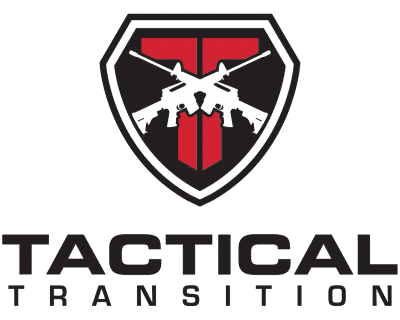- M-LOK Handguards
- M-LOK Accessories
- KeyMod Accessories
- Barrels
- Bolt Carrier Groups
- Charging Handles
- Complete Kits
- Gas Blocks
- Gas Tubes
- Iron Sights
- Lower Parts
- Mags
- Muzzle Devices
- Pistol Stock Sets
- Pistol Grips
- Pistol Accessories
- Slings
- Stock Components
- Stocks
- Stock Sets
- Stock Sets With Matching Upper
- Tools
- Upper Kits
- Upper Parts
- Upper Receivers
- Upper Sets
- Vertical Grips
What is a Bolt Carrier Group (BCG)?
The AR-15 has a locking rotating bolt design, and the Bolt carrier group is perhaps the most important part of the rifle. The BCG, or Bolt carrier group is that actual part of the rifle that fires the round, apart from that the Bolt carrier group in an AR-15 serves the following purposes.
- It contains the firing pin, which ignites the primer of the bullet and fires it.
- It ejects the spent casing of the fired bullet
- It loads a fresh round into the chamber
- It recocks the hammer in the lower receiver, allowing the new round to be fired.
How does the Bolt Carrier Group work in an AR-15?
Now that we know what the bolt carrier group is supposed to do, let’s talk about how it does it. The BCG relies on the gases created by the fired bullet to operate. The gas travels from the barrel, through the gas tube, and reaches the bolt carrier key or gas key. This unlocks the bolt, and the gasses hit the bolt, moving it backward.
On the way back, the extractor takes the spent casing out of the chamber, and a spring-loaded ejector forces it out of the receiver. The hammer is also recocked after the round is ejected.
The bolt moves back into the buffer tube, where the buffer spring compresses. As it decompresses the bolt moves back forward, picking up another round from the magazine and chambering it. The bolt rotates to lock, and the rifle is ready to fire the next round.
The BCG keeps going through these steps with every round that is fired.
What are the parts of the Bolt carrier group?
Bolt Carrier:
The bolt carrier is like the primary housing that holds all the other components of the bolt carrier group. The carrier key or the gas key is also attached to the bolt carrier.
Bolt:
The AR-15 has a rotating bolt, which has locking lugs on it. The bolt rotates about 15 degrees and locks into the chamber. Then the bullet is fired, the bolt has to absorb the initial explosion, and keep it in the chamber. Therefore, bolts are made from forged steel.
Firing pin:
The firing pin rests inside the bolt. When you pull the trigger, the hammer falls on the firing pin, which strikes the primer of the bullet, and ignites it, firing the projectile through the barrel. There is also a retaining pin with the firing pin, which keeps it in the bolt.
Cam pin:
The job of the Cam pin is to prevent the bolt from over-rotating when it unlocks because of the gas pressure.
Extractor:
The extractor takes the spent casing of the fired round out of the chamber. It hooks the rim of the round, and as the bolt moves back, the round is also extracted.
Ejector:
The spring-loaded ejector is located on the side of the firing pin. It maintains pressure on the round, and as soot at it is completely extracted, the ejector sends the spent casing flying out of the receiver
